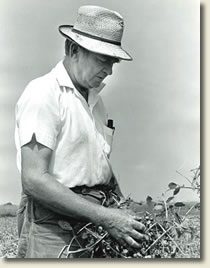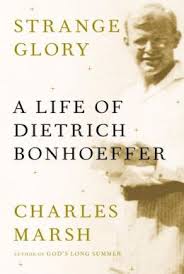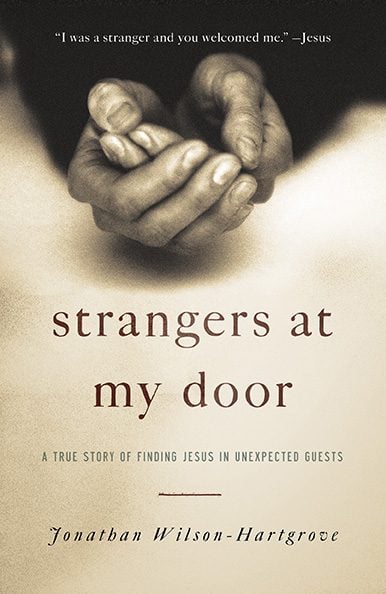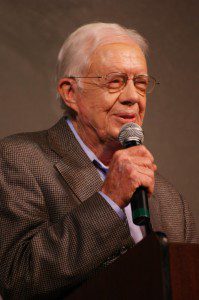
Just last week I got to visit with my friend Dave Andrews, who lives half a world away in Brisbane, Australia. We have a Peter’s Projection of the world up on our wall at Rutba House. When I introduced JaiMichael to Dave and he observed that Dave “talks funny,” I asked him to go find Brisbane on the map. “Wow,” he said, “that’s about as far as you can get from here.”
Indeed. But one of the things I love most about being part of God’s Movement is how, despite thousands of miles and as many cultural differences, people like Dave and I can sit with one another for a couple of hours, share our stories, and name how we’ve been part of the same story. As it happens, Dave and I both come from the peculiar family called Baptist. What’s more, we learned that we share a love for the Baptist saint, Clarence Jordan.
Clarence would have turned 100 this year, and I’m excited to be headed down to Americus, Georgia, September 28-29th, 2012, for a time of celebrating and conspiring with others who’ve been inspired by Jordan, from former President Jimmy Carter to the Civil Rights veteran Vincent Harding. Would love for you to join us. You can learn more about the Clarence Jordan Symposium here.
I love to tell the story of how, when Jordan and his family went to South Georgia in 1942 to start an inter-racial community, the KKK showed up to visit. They asked for Jordan and told him as polite Southern gentlemen that they weren’t going to let the sun set on someone like him in their town. As only he could, Jordan said, “I gave ’em my broadest smile and said, ‘Pleased to meet you, gentlemen. I’ve been waiting all my life to meet someone who could make the sun stand still.'”

The story of Koinonia Farm through the 1940’s and 50’s is a story of stability against the odds. When the KKK couldn’t scare these radical Christians out of Sumter County, they organized an economic boycott against them. Koinonia had to buy its fertilizer out of state and organize a mail order business long before the Internet. Jordan kept his wit, calling it their “Ship the nuts out of Georgia” campaign. They connected with scores of communities around the country who not only loved their pecans, but also believed in the mission of living God’s new order right in the midst of the old world that’s passing away.
Dorothy Day came to Koinonia to report on their experiment for the Catholic Worker newspaper. She wrote about how, while she was keeping watch with a community member by the road at night, their car was fired upon by a passer-by. These were not easy times for Jordan. The community dwindled down to two families who were doing all they could to keep things going.
In the midst of this, a delegation from the local Chamber of Commerce came out to ask if Jordan might not consider selling the farm. “To sell this land would be like selling my momma,” he told them. Jordan wrote to his son: “Koinonia is always dying and always living again. This half-born condition is agonizing, and I could wish it otherwise, but there is it.”

All of this took a toll on Jordan. Though he was able to keep the farm going, preach around the country, and paraphrase the New Testament in his Cotton Patch Version, Jordan died of a sudden heart attack while sitting at his writing desk in 1969. He was only 58 years old. Jordan was accustomed to sewing seed in hard soil, and he knew the real cost of bringing something new to life. It was as true of his pecan trees as it was of his gospel vision. He worked long and hard to sow the seeds of a new kind of Christianity.
As the last vestiges of Christendom begin to fall away from American Christianity, we’re witnessing an exciting renewal of radical faith in all kinds of experiments. From new monastic communities to missional orders to community gardens to a faith-based justice movement to cell churches meeting in small groups across cities, the God Movement is alive and well in America today. As we celebrate The Everyday Awakening and the ways it’s giving us hope in the places where we are, I’m glad to give thanks for a saint who prepared the way in the last century.
Thank God for Clarence Jordan who lived the gospel in blue jeans and sowed the seeds for a new kind of Christianity in the soil of South Georgia.











